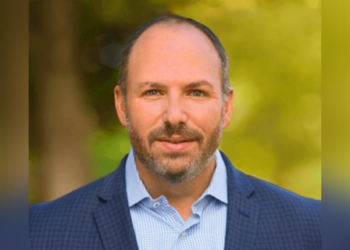The property & casualty insurance industry, by multiple measures, is in robust health. Market conditions are firm across most lines, capital and surplus remain strong, underwriting leverage is low and companies are generally showing strong earnings growth. But there is a problem.
Even though market conditions are favorable now, with rates still rising in most lines, according to MarketScout, hard markets do not last forever. Eventually, the cycle will change, and insurers will have to go back to competing for premium. P&C insurers are sitting on about $1 trillion of capital, with $780 billion in premium, meaning their underwriting leverage is under 80%.
Such low leverage is good for insurers’ capital base and it means they can absorb underwriting losses, such as the $4.1 billion underwriting loss the industry reported for 2021. But low leverage and ample surplus also mean insurers have less pressure to avoid losses on their core business of pricing risk. Here’s the problem: When market conditions soften, premium volume will plummet.
Smart insurers position themselves ahead of cycle changes. For example, admitted insurers may launch excess and surplus lines companies, to book premium that tends to flow into the nonadmitted market during hard cycles, or expand their product offerings. That is one reason the P&C industry has seen a wave of new capital looking to take advantage of firm market conditions. Among the new capacity sources in the United States are reinsurers entering select primary lines, Lloyd’s of London companies expanding their presence through admitted platforms and other international insurers.
Facing greater competition and economic headwinds, insurers have another reason for concern. For many years, P&C companies have struggled to reduce their expense ratios. According to the McKinsey Global Insurance Report 2022, 54% of P&C insurers in the Americas have seen their expense ratio increase from 2014-2019.
A prolonged period of historically low-interest rates, coupled with claims inflation, is eroding insurers’ profitability. For the majority of P&C insurers, return on equity is underwater; 51% of insurers in the Americas were trading below book value in 2021, according to the McKinsey report.
For many years, P&C insurers have delivered inconsistent underwriting results. For example, Insurance Information Institute (Triple-I) data on P&C combined ratios between 2008-2021 show seven years of underwriting profit and an equal number of underwriting losses. The see-saw has continued during the pandemic: 2020 produced an underwriting profit of $6.7 billion, while 2021 showed another multibillion-dollar, industry-wide underwriting loss. Risk selection and pricing are clearly areas for improvement.
If risk selection is critical for the future of the industry, another imperative of equal importance is talent recruitment and retention. From 2017-2020, P&C insurers struggled to exceed 3% annual growth in employment, according to the Triple-I. Other industries showed greater growth rates during that same period.
Finding talent and keeping it has become a massive challenge. In the final 10 months of 2021, the largest employee exodus on record occurred, hitting insurers and virtually all industries. A talent shortage has long been predicted for insurance jobs, and a lack of qualified employees — whether due to difficulties in finding candidates or continuous turnover — sooner or later will restrict P&C insurers’ ability to meet their growth objectives.
Sustainable growth is the goal of every insurer for books of business that aren’t in runoff. Achieving that goal has proven elusive without forming and relying on effective partnerships. P&C insurers already recognize the value of insurtechs and traditional intermediaries in strengthening their distribution strategies. An important next step in the evolution of insurance partnerships is talent outsourcing. With the right partner and the right solutions, insurers can gain a competitive advantage and generate sustainable, profitable growth.
Anuj Jain is carriers practice leader at ReSource Pro. He has extensive insurance and consulting experience from leadership roles at global insurance organizations and brings a depth of knowledge to the carrier space.









